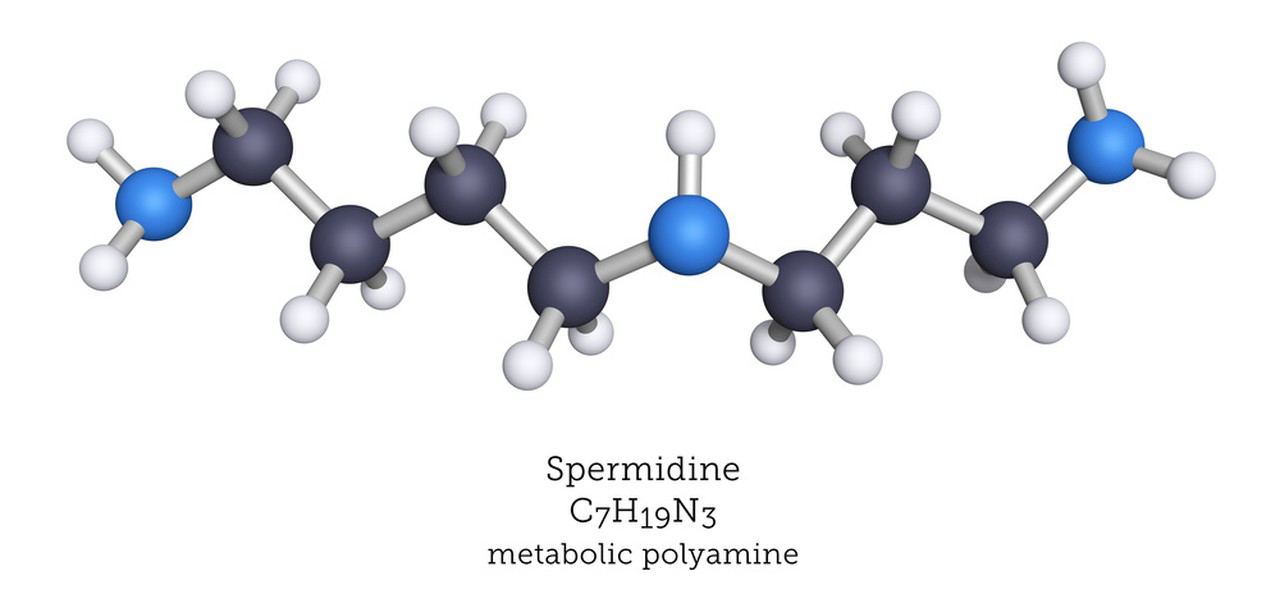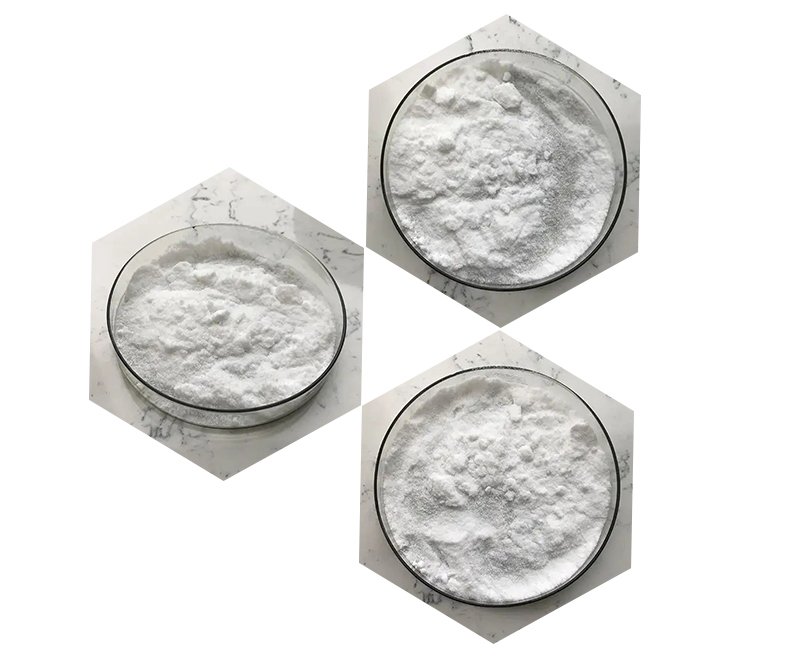Spermidine is a polyamine compound that plays a crucial role in various biological processes. Here is some information about the chemical structure and physical properties of spermidine:
Chemical Structure of Spermidine:
Spermidine is a polyamine with the chemical formula (NH2)3(CH2)4NH(CH2)3NH2.
It consists of a linear chain of four carbon atoms (butane) with three amino groups (-NH2) and two methylene groups (-CH2-) in between.
Physical Properties of Spermidine:
Molecular Weight: The molecular weight of spermidine is approximately 145.25 g/mol.
State: Spermidine is typically found in a solid state at room temperature.
Solubility: It is soluble in water.
Melting Point: Spermidine does not have a well-defined melting point, but it can decompose at higher temperatures.

Biological Role of Spermidine:
Spermidine is involved in various cellular processes, including cell growth, differentiation, and apoptosis.
It is essential for the synthesis of nucleic acids and is known to interact with DNA, RNA, and proteins.
Functions of Spermidine:
Cellular Growth: Spermidine is crucial for cell proliferation and growth.
Anti-Aging Properties: Some studies suggest that spermidine may have anti-aging effects and promote longevity in certain organisms.
Neuroprotection: It has been investigated for its potential neuroprotective properties.
Sources of Spermidine:
Spermidine is found in various foods, including wheat germ, soybeans, and some fruits.
It’s important to note that while spermidine has been studied for its biological effects, its precise mechanisms and functions are still areas of ongoing research.
The processing of Spermidine
Spermidine is a polyamine compound that plays a crucial role in various cellular processes. It is involved in cell growth, differentiation, and apoptosis (programmed cell death). The processing of spermidine includes its synthesis, metabolism, and functions within the cell.
1.Synthesis:
Spermidine is synthesized through a series of enzymatic reactions involving ornithine and methionine.
Enzymes such as ornithine decarboxylase (ODC) and S-adenosylmethionine decarboxylase (AdoMetDC) are involved in the synthesis pathway.
2.Metabolism:
Spermidine undergoes metabolism within the cell to maintain optimal cellular function.
The enzyme spermidine/spermine N1-acetyltransferase (SSAT) is involved in the acetylation of spermidine, leading to the formation of N1-acetylspermidine.

3.Cellular Functions:
Spermidine is involved in the regulation of gene expression and protein synthesis.
It interacts with nucleic acids and proteins, influencing their structure and function.
Spermidine has been implicated in various cellular processes, including autophagy (a cellular recycling process), which contributes to cellular homeostasis.
4.Health Implications:
Research suggests that spermidine may have potential health benefits, including anti-aging properties and neuroprotective effects.
It has been studied for its ability to enhance autophagy, which is associated with longevity.
Understanding the processing of spermidine is crucial for unraveling its roles in cellular physiology and exploring its potential therapeutic applications. Further research is ongoing to better comprehend the intricate mechanisms and functions of spermidine within biological systems.
